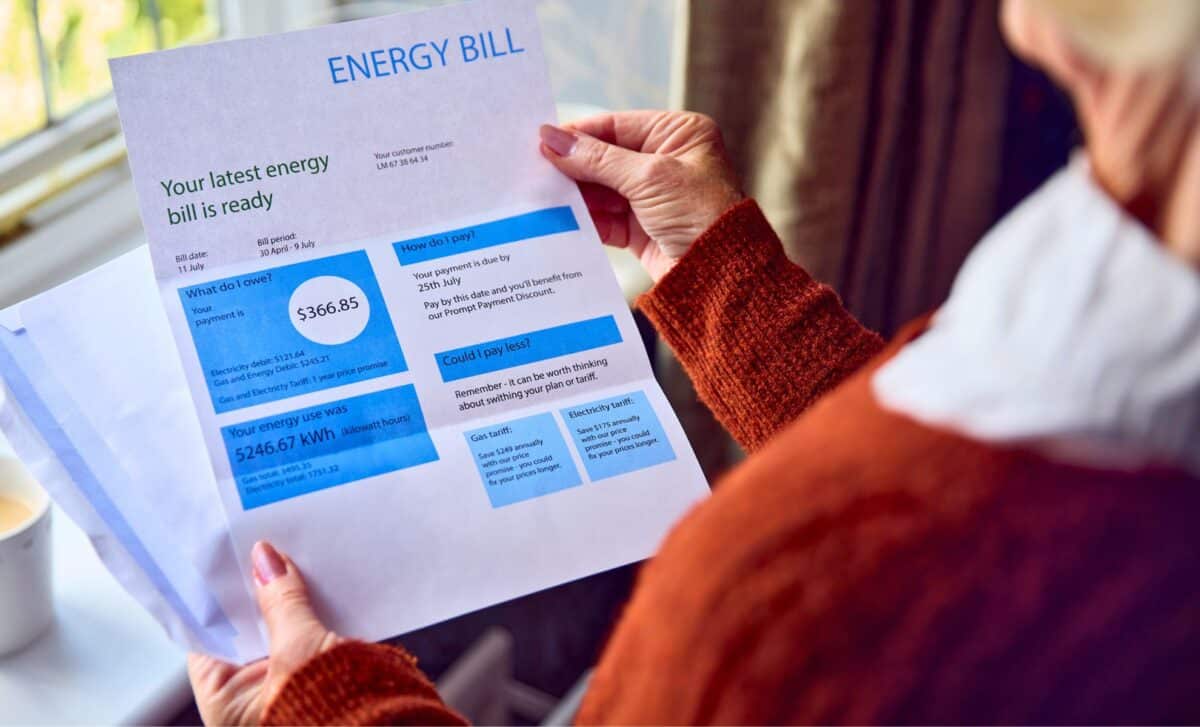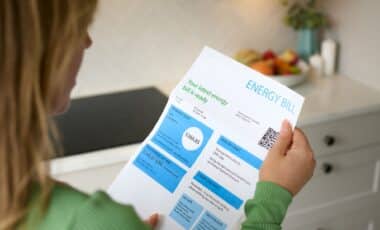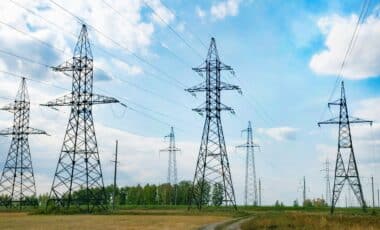From this Monday, energy bills across the UK are set to hit their lowest level for two years. However, the complex dynamics of the energy market point to a continuing rise in costs.
Energy Bills Fall to Lowest Levels Since February 2022
British consumers can breathe a sigh of relief as energy regulator Ofgem cuts its price cap in response to falling wholesale prices. The new cap is 12.3% lower than the previous cap of £1,928 for a typical dual-fuel household in England, Scotland, and Wales, now standing at £1,690.
This translates to a yearly saving of £238 or approximately £20 per month. As a result, the typical household on a standard variable tariff (SVT) is expected to spend £127 on energy in April, a decrease from £205 in March.
However, to ensure that consumers benefit from the reduced cap, households on SVTs are urged to submit their meter readings promptly. Failure to provide readings may result in inaccurate billing based on estimated usage, potentially resulting in overpayment or underpayment.
According to Uswitch, a comparison website, households could save an average of £4.65 by reducing their energy usage for a week at the new rates compared to the old rates.
Rising Standing Charges
Although the cost per unit of energy usage is expected to drop, sadly, standing charges are on the rise. These are fixed daily charges that households are required to pay for the supply of energy to their property, regardless of how much they use.
The standing charge for gas has increased from an average of 29.6p to 31.43p per day. Similarly, the daily standing charge for electricity has risen from 53.35p per day to 60.1p per day. Thus, for the average direct debit customer, the annual standing charge has risen from £303 to £334.
The so-called price cap is a misunderstood concept. It is supposed to be a cap on the price per kilowatt-hour or unit of gas and electricity, not a cap on the total amount you’ll pay for energy. As standing charges rise, households may need to reduce their energy consumption to keep their bills at the same level.
As standing charges go up, households will have to cut back on their energy use just to keep their bills the same,” said Simon Francis, coordinator of the End Fuel Poverty Coalition. Fiona Waters, a spokeswoman for Warm This Winter, expressed similar concerns about standing charges.
She pointed out that customers have to pay standing charges regardless of whether they have used any energy, and that these charges continue to rise despite the overall price cap reduction. There is significant uncertainty regarding the scope of coverage and the profits generated by these network firms.
| COST | January to March 2024 | April to June 2024 | Change |
|---|---|---|---|
| Buying energy for customers (wholesale costs) | £985 | £720 | -£265 |
| Unexpected temporary cost adjustments (adjustment allowance) | £11 | £28 | £17 |
| Build, fix and repair pipes and wires to transport energy (network costs) | £381 | £368 | -£13 |
| Supplier business costs (operating) | £221 | £223 | £2 |
| Government social and environmental schemes (policy) | £157 | £188 | £30 |
| Earnings Before Interest and Taxes (EBIT) allowance | £43 | £40 | -£3 |
| Uncertain costs and risks (headroom) | £21 | £18 | -£3 |
| Extra costs for supplying energy customers using different payment methods (payment uplift) |
£16 | £15 | -£1 |
| Making sure prepayment and Direct Debit customers pay the same standing charge (levelisation allowance April to June 2024) | £0 | £10 | £10 |
| VAT (5%) | £92 | £80 | -£11 |
| Total | £1,928 | £1,690 | -£238 |









